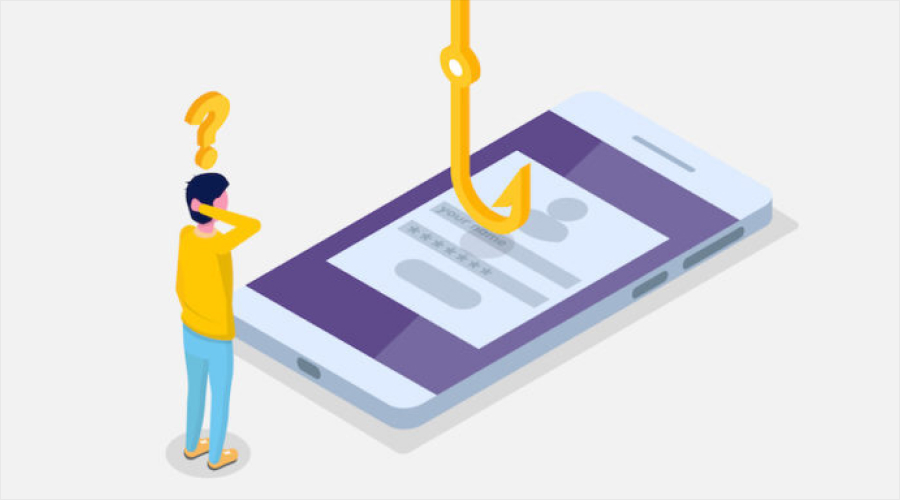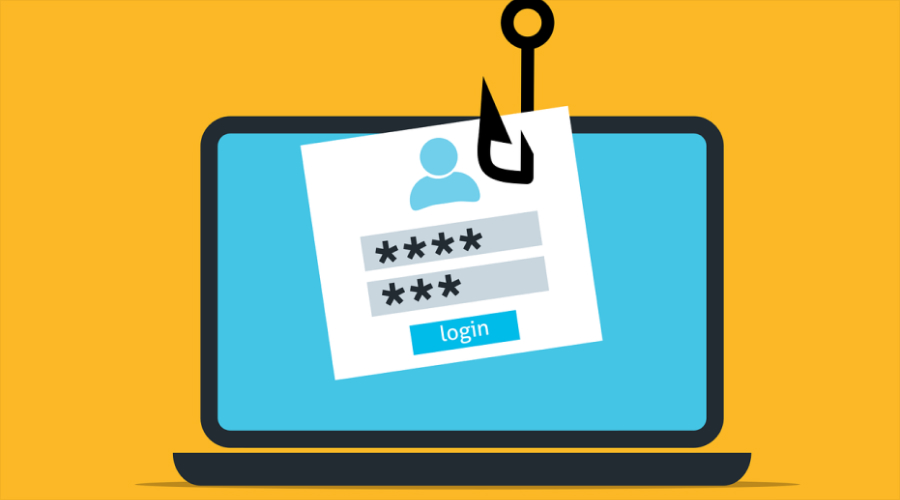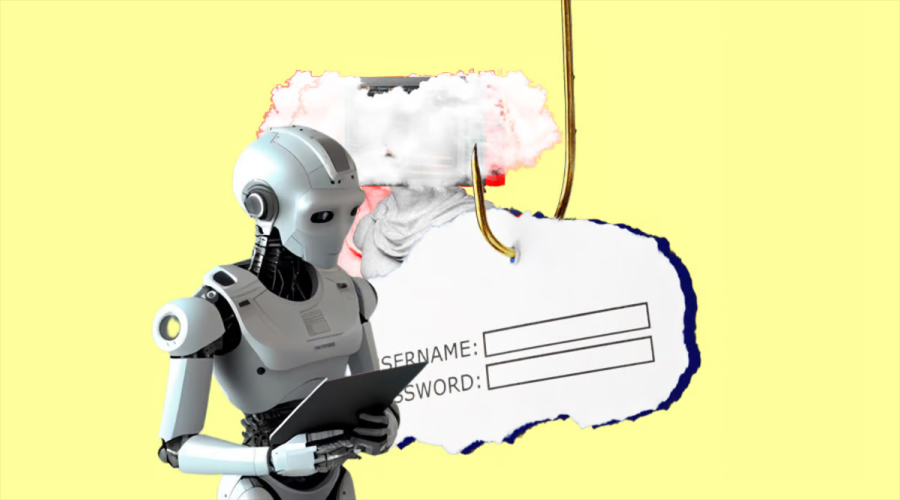
In this digital era, emerging technologies are the latest avenue for cybercrimes to exploit. Progressive Web Apps are popular because they enable the provision of functionality that is as native as applications but can be accessed through the web browser.
However, today’s frequently evolving digital landscape shows its brightest side in phishing attacks through progressive web applications. This increasing popularity has drawn the attention of hackers too, and a new wave of phishing attacks is now seen to occur.
Below, you can learn what Progressive Web App (PWA) phishing is, how it works, identify top trends in this growing threat, and find out the ways businesses can protect themselves.
What is Progressive Web Apps (PWA) Phishing?
PWAs are essentially something between a traditional web page and a mobile application. They can be treated as native apps, put onto a user’s home screen, or even opened like one without demanding a visit to an app store. PWAs provide access and broad reach of web-based applications with native app speed, reliability, and user engagement.
Phishing attacks also find greater use as more individuals make use of PWAs by hackers to deploy phishing attacks. Progressive Web App (PWA) phishing appears when malicious hackers create a replica version of authentic PWAs or harmful PWAs that are patterns of trusted services. These fake applications deceive clients into revealing personal data such as login credentials and payment details, among other personal data.
So many businesses, including those supported by a web app development company, rely on PWAs for their flexibility and efficiency. However, this characteristic of PWAs has made them a ripe target for cyber hackers to take advantage of such trust and wreak havoc.
How PWA Phishing Works
Progressive Web App (PWA) phishing works by taking advantage of the psyche of the user to convince him or her that he is dealing with the real application. Cybercriminals will develop an application that will mimic the look and functionality of an already famous brand or service using URLs that are almost identical to the authentic ones. This always starts with the attacker spreading links to users through email, social media, SMS, or even search engine ads that link users to download a PWA.
When a user installs a Progressive Web App (PWA), they have to log in or input all that sensitive information and presume it is going through a secured service. The malicious apps capture whatever data is submitted to them by the attacker and use them for forms of fraud or identity theft. Unlike the traditional phishing attempts across the web, where a user is likely to feel that something is not right with the website that he or she is visiting, PWA phishing is much more tricky because it provides an integrated feel into the user’s device.
This is one of the risky features of Progressive Web Apps (PWA) phishing: it might work offline. PWAs are engineered to maintain a cached copy of necessary data for use when the user doesn’t have access to internet connectivity. This makes it possible for the phishing app to capture data even in offline mode, thereby extending the window of vulnerability.
Top Trends of PWA Phishing
1. Mobile Phishing

As there is a rise in mobile devices, phishing with attacks towards mobile users is also not behind. Cybercriminals are designing forged PWAs and launching them specifically for mobile platforms, and it’s quite simple to cheat users who depend more greatly on their smartphones without extra precaution.
2. Duplicate Banking App Phishing

This is the most serious kind of phishing, which is banking app phishing. In this case, too, attackers make duplicate versions of legitimate banking PWAs, mostly with the same branding and style of the original. The duped users, while downloading these counterfeit banking apps, unknowingly provide sensitive financial information to the criminals directly.
3. Clone App Phishing

In this type of scam, fraudsters replicate a popular Progressive Web App (PWA) to create a duplicate, identical copy. Most of the time, unsuspecting users will download the replica, believing they are getting the real application. Using official-looking logos and interfaces, thieves proceed to use such clone apps to mislead users into providing personal and financial information.
4. Spear Phishing

Spear phishing targets particular persons or organizations. Unlike the broad phishing campaign, where attackers simply send mass messages, spear phishing requires cybercriminals to research their target and make their fake PWAs appear convincingly legitimate, increasing the chances of being fallible.
5. PWA Spoofing

PWA spoofing is a type of scam where they mimic and give the same feel as the original services. Often, this tactic can be accomplished using misleading branding and a URL to get an unsuspecting user to download the fake application.
6. AI and Machine Learning in Phishing

Phishing attackers are now using far more artificial intelligence and machine learning to enhance their phishing activities. This is because such technologies enable attackers to create more sophisticated and convincing PWAs, thereby making it even more complex for the users to distinguish between legitimate applications and malicious ones.
7. Social Media Phishing

Social media is the common ground for phishing. The attackers may use social media as a platform to share malicious PWAs disguised as popular applications or services in front of the users. Such users download their favorite applications without knowing that they will put their data in the hands of the attackers.
8. Email Phishing

This is still one of the most staple tactics in the arsenal of cybercriminals. Attackers usually send emails pretending to be from legitimate sources and encourage users to download fake PWAs. Urgency and enticing offers make use of these kinds of emails.
How to Prevent PWA Phishing for Your Business
To protect your customers and maintain your brand’s good name, the most important thing when you are either a PWA service provider or a business relying on PWAs is to know what to do to prevent phishing through PWAs and how to safeguard your business from this new threat:
- Daily Monitoring and Security Audits: Your PWAs have to be monitored and audited constantly. A PWA provider service can check your apps daily for any unauthorized changes. Allow security audits to identify vulnerabilities or unsound behavior that would show up in phishing attempts when they become serious threats.
- Use HTTPS and Secure Hosting: Always deploy your PWAs on secure servers with HTTPS to encrypt all data being exchanged between users and the app. Secure hosting will prevent attackers from intercepting sensitive information. SSL certificates should be made mandatory so that in any given circumstance, all communication is protected against probable phishing attacks.
- App Store Deployment and Regular Updates: Deploy your PWAs from a trusted app store, like Google’s Play Store or Apple’s App Store, for an added layer of verification. Periodic updates with security patches make your PWA immune to known vulnerabilities.
- User Education and Phishing Awareness Campaigns: This is one of the best ways of combating phishing—educating the users. Keep warning them to beware of suspicious links or messages and tell them always to validate any app before downloading it. Clear communications with regard to the dangers of phishing and steps to report suspicious activities will make them vigilant.
- Implement multi-factor authentication: The inclusion of MFA and making users enable it will add a significant level of resistance to phishing attempts. Although an attacker might successfully get the login credentials through phishing, they will also need the secondary authentication factor to breach the account. Thus, the inclusion of MFA in all your PWAs stands out as a very robust security measure.
- Developing Business Association with Reputed Web App Development Companies: Working in association with a web application development firm that insists on development with security in mind would ensure your PWAs reach you with phishing defenses. Good development partners, apart from well-secured development, would also provide you with the facility of integrated advanced anti-phishing technologies along with the services offered in terms of post-development support.
Also Read: Best Progressive Web App (PWA) Builders
Conclusion
The phishing attack in Progressive Web App (PWA) is the burgeoning trend that avails of the popularity and practicality of Progressive Web Apps. As phishing tactics advance to the next level, the protection of business users and their data is more proactive than reactive. Businesses can reduce the risk of falling prey to PWA phishing attacks by being informed about the latest trends in PWA phishing, deploying more robust security measures, and educating their users. The vigilance and shared alliance with a reputable PWA service provider will keep your PWAs secure and your business reputation intact.






